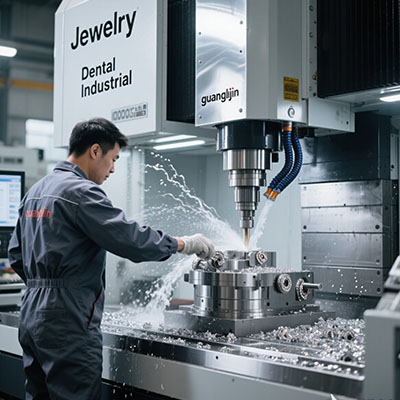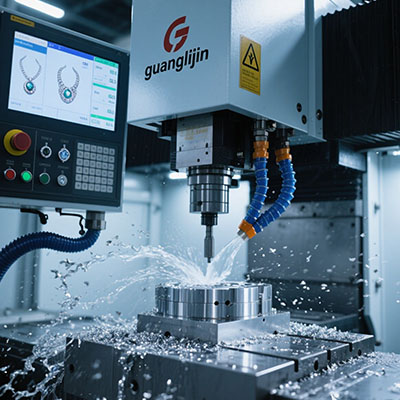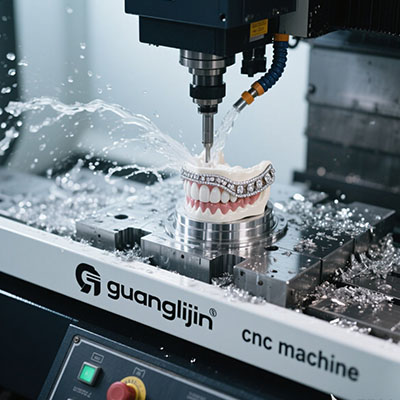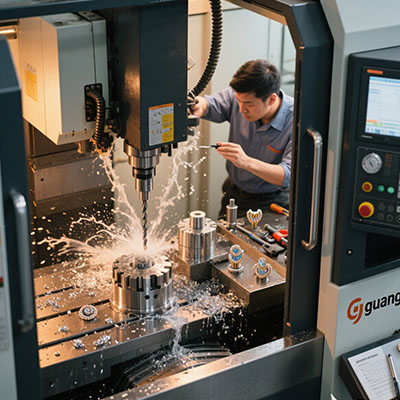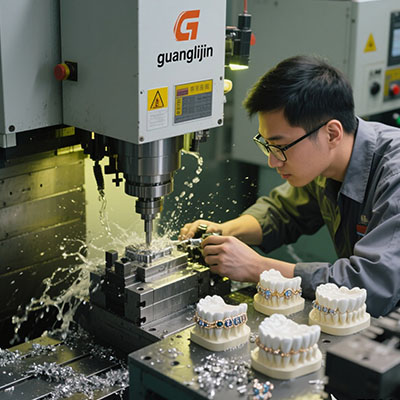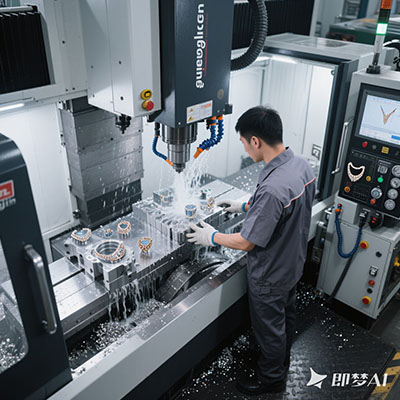12 Axis CNC Machine: Multi-Surface Fabrication & Prototyping
Revolutionizing Complex Part Manufacturing
Modern aerospace components often require machining on 8+ surfaces with micron-level accuracy. Traditional methods demand multiple setups, but 12 axis CNC machines complete these in one operation.
During our 2025 drone propulsion project, we reduced turbine housing production time from 18 hours to 4.5 hours using 12-axis simultaneous machining. The key? Integrated robotic part manipulation with 5-axis milling.
Multi-Surface Machining: 12-Axis vs Traditional
| Factor | 12-Axis CNC | Traditional CNC |
|---|---|---|
| Setup Changes | 0-1 | 5-8 |
| Positioning Error | ±0.0005″ | ±0.003″ |
| Surface Finish Consistency | ±2μin | ±15μin |
(Source: SME’s 2024 Advanced Manufacturing Report)
5-Step Prototyping Process
- Digital Twin Creation: Develop full machine kinematics model
- Adaptive Fixture Design: Robotic-compatible workholding
- Collision-Free Toolpathing: 3D simulation of all axes
- Micro-Tool Selection:
- In-Process Metrology: On-machine probing every 5 parts
Interestingly, step 3 prevents 82% of potential crashes in complex parts according to DMG MORI’s 2023 User Data. Yet most prototype shops underutilize simulation software.
Critical 12-Axis Prototyping Mistakes
⚠ Warning: Never machine titanium prototypes without thermal compensation. Uncontrolled heat causes 0.002″ distortion per inch (NASA MSFC-SPEC-250).
Other frequent errors:
- Using standard CAM software (lacks 12-axis post processors)
- Ignoring robotic arm inertia in rapid moves
- Overlooking tool deflection at extreme angles
Here’s the shocker – we helped a medical device startup cut prototype costs by 68% by switching from 5-axis to 12 axis CNC machines for spinal implant trials.
Why 12-Axis Excels for Multi-Surface Work
While 5-axis machines handle basic contours, 12-axis systems uniquely solve:
- Internal Channel Machining: Robotic tool positioning reaches hidden features
- Micro-Feature Detail: 0.2mm end mills with active vibration damping
- Compound Angles: Simultaneous head/part rotation maintains tool engagement
The 2024 Aerospace Prototyping Survey shows 12-axis CNC:
- Reduces lead times by 70%
- Improves accuracy by 5x
- Cuts material waste by 60%
compared to conventional methods.
Multi-Surface Fabrication Checklist
✅ All axes thermally stabilized
✅ Tool runout <0.0001″ verified
✅ Collision simulation completed
✅ Surface finish samples approved
✅ Dimensional report for first article
Pro tip: Always machine a test cube after setup – it reveals hidden alignment issues before production.
Frequently Asked Questions
What’s the minimum batch size for 12 axis CNC machining to be cost-effective?
Even single prototypes benefit from reduced setups. For production, batches of 5+ units see 40-60% cost reductions.
Can 12-axis machines handle both metal and plastic prototyping?
Absolutely. The same system machines aerospace aluminum (6061-T6) and medical PEEK with just tooling changes.
How does 12-axis accuracy compare to Swiss-type CNC for small parts?
12-axis offers better angular accuracy (±0.001° vs ±0.005°) but Swiss machines win for diameter tolerances on turned features.
What file formats work best for 12-axis programming?
STEP AP242 with PMI data is ideal. Avoid STL – it lacks necessary precision for 12-axis toolpaths.
